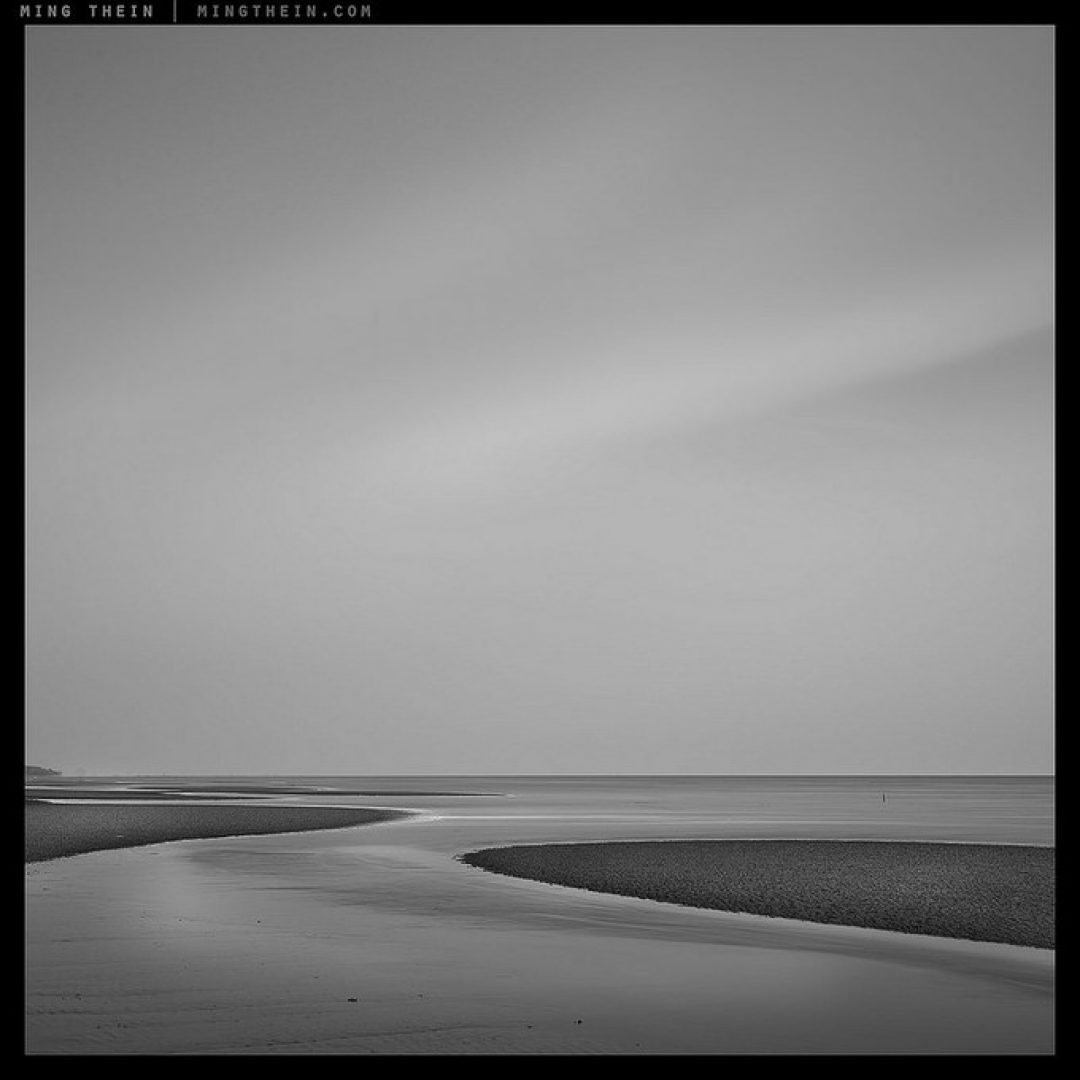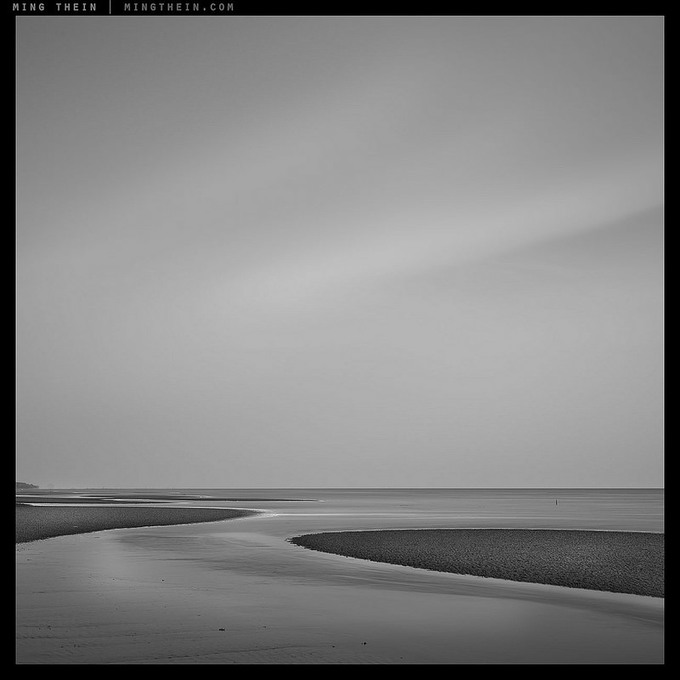
It’s all about light: making mood and strong images in monochrome |
Ming Thein
A couple of days ago, we looked at the inexact science of color and emotion: I don’t think anybody is going to argue that the mood and feeling of an image is influenced heavily by the dominant color palette, both in terms of the color of incident/reflected light and the color of the subject elements themselves. But how does this translate to black and white images? Obviously, it’s very possible to do since not every monochrome image feels the same. Even within the same sort of general lighting – say low key – it’s possible to produce variations in mood. How? As usual, the answer to this question goes back to light. Specifically, quality of light: diffusion, direction, primary and secondary sources, fill or reflection from surrounding objects, and the texture of your primary subjects themselves: what are they reflecting or absorbing? As you can see, there’s a huge amount of possibility here for variation – and control. The two main things to consider are direction and diffusion. A backlit image will feel very different to a side lit or front lit one; or worse, one lit from direction along the same axis as the camera (think direct flash)……..
Source: blog.mingthein.com
….the camera with soul! | Greg ColtmanNext article Leica M Monochrom review | Techradar

